From zero to hero: The second reign of Steve Jobs
As Steve Jobs steps down as CEO of Apple, we take a look back at his 15 year tenure as he transformed his company and the wider industry with it.
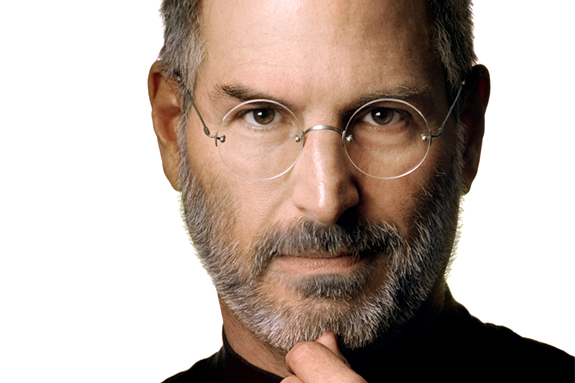
COMMENT For those of us accustomed to Apple as it now - one of the world's largest, most profitable and most influential technology companies - it's hard to imagine what it was like immediately before Steve Jobs returned to the company in late 1996.
The company was suffering severe financial losses as its muddled line of beige Macs was reduced to single digit market share of a personal computer market dominated by Windows PCs. Attempts at new products, such as the Newton, were ill-conceived and poorly received. Rumours of a takeover were rampant involving suitors as diverse as Oracle, Sun, IBM and Sony.
It's a big mock turtleneck jumper to fill.
In retrospect, the key to Apple's recovery lay in two things: Steve Jobs himself and the technology Apple acquired when it bought his failed computer company NeXT. The classic MacOS was antiquated and ill-equipped for modern computing, while Apple's own attempts to develop a replacement burned through money with little to show for it.
The NeXT OpenStep OS would be overhauled to become its replacement Mac OS X. In addition to being a critical component of all modern Macs, OS X would also form the basis of iOS the operating system behind the iPhone, iPad, iPod Touch and the current AppleTV.
The influence of Jobs himself is easy to exaggerate. But nor should it be cast aside. As a single person, Jobs obviously couldn't have worked on every single aspect of all of the key products released during his reign, from the various iPods and iPhones to the iTunes Store, yet each bear his unmistakable influence. None of them were innovations in themselves - MP3 players, smartphones and online music stores all existed before their arrival.
Each creation dramatically reinvented each of their respective product categories through better industrial design and ease of use with as much emphasis on what's missing as what is included. For example, unlike some competing MP3 players, the iPod doesn't allow users to edit ID3 tags or delete music. What it loses in flexibility, it makes up for in a much simpler and arguably more elegant user experience. One that continues to be copied to this day.
Sign up today and you will receive a free copy of our Future Focus 2025 report - the leading guidance on AI, cybersecurity and other IT challenges as per 700+ senior executives
This is even more dramatically illustrated in the iMac, Apple's leading line of consumer desktop computers. The original iMac launched back in 1998 with a striking appearance. Just as importantly, it did away with floppy drives and all of the Mac's legacy ports at the time. This was merely the start of a pattern that continues now with the DVD-less MacBook Air - deliberately removing what is seen as obsolete technologies, even if the rest of the industry is reluctant to follow suit.
This minimalism is due in no small part to Jobs' own ideas and preferences on what technology should be like. It's no surprise that Apple's computers following Jobs' return look and work less like the classic Macs made before his second tenure and more like the NeXT Cube computers made by NeXT.
Apple obviously isn't just a collection of technologies and products it's also an organisation of people and processes. Jonathan Ives, now Apple's vice president of industrial design, was already a mid-level employee before Jobs' return but had relatively little influence. Upon his return, Jobs soon formed a close working relationship with the quiet Brit and the beige, boxy towers of the old Apple were soon phased out in favour of Ives' curvy and colourful - and later sleek - minimalist designs.
Throughout the 1990s Apple had trouble getting third-party retailers to stock and promote its products. Jobs circumvented this not only by concentrating on online sales, but also by opening Apple's own chain of retail stores.
The architecturally striking stores were masterminded not just by Jobs, but also by former Target retail chief Ron Johnson who apparently had been handpicked by Jobs. Initially derided by critics as an expensive experiment doomed to failure, the stores are not only financially successful, but a crucial component of Apple's attempts to control its public image. A major Apple product launch now isn't complete without images of customers lining up outside Apple Stores all over the world many of whom will return for the free Wi-Fi and technical support.
All of Apple's products may be marked as 'Designed by Apple in California', but they're also 'assembled in China'. Jobs' choice of Tim Cook as his chief operating officer, a former Compaq executive, turned out to be critically important. Indeed, Cook has been instrumental in securing favourable long-term contracts with component suppliers and outsourced manufacturers.
Apple now gets priority access to Asia's manufacturing lines and the world's supply of flash memory, LCD screens and other important parts, giving it huge economies of scale to the detriment of its competitors who are left scrabbling for alternatives. Compared to the handful of bespoke American factories Apple maintained before Jobs' return, it's a remarkable difference.
Tim Cook now steps up to take Jobs' role as Apple CEO and his allegedly cool, measured manner will stand in marked contrast to Jobs' famously fierce and mercurial temperament. Unlike his first departure back in 1985, Jobs is more or less stepping down on his own terms with his chosen successor in place. Cook will have to continue what Jobs started by maintaining and expanding Apple's strong positions in the smartphone and tablet markets. He'll also have the chance to make his own mark first of all by appointing a replacement for the recently departed Howard among others.
It's a big mock turtleneck jumper to fill.
-
 Trump's AI executive order could leave US in a 'regulatory vacuum'
Trump's AI executive order could leave US in a 'regulatory vacuum'News Citing a "patchwork of 50 different regulatory regimes" and "ideological bias", President Trump wants rules to be set at a federal level
-
 TPUs: Google's home advantage
TPUs: Google's home advantageITPro Podcast How does TPU v7 stack up against Nvidia's latest chips – and can Google scale AI using only its own supply?
-
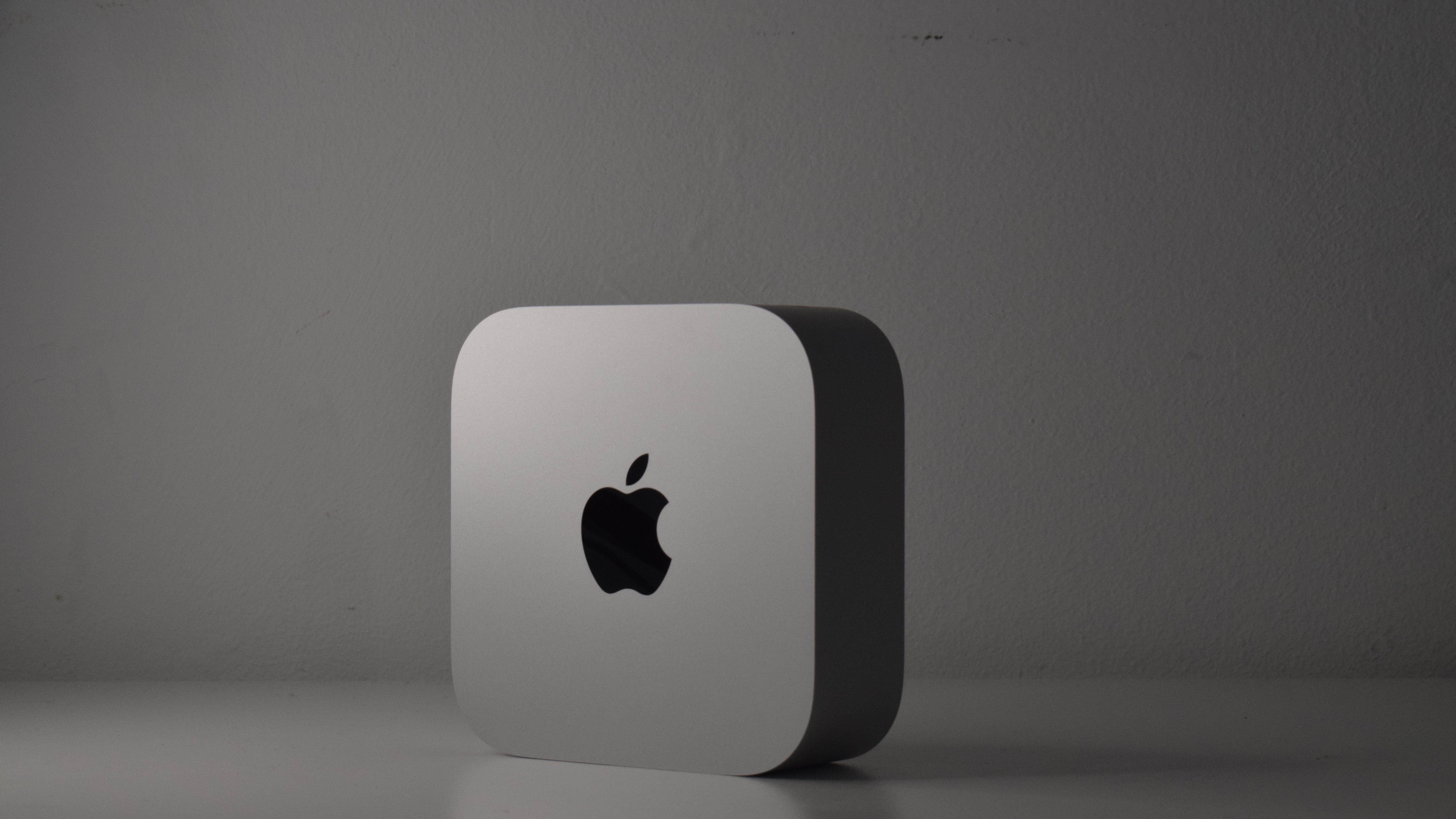 The Apple Mac Mini M4 is an affordable powerhouse that's perfect for any office desk – and it's also utterly adorable
The Apple Mac Mini M4 is an affordable powerhouse that's perfect for any office desk – and it's also utterly adorableReviews A changed design, an M4 chip, and more value for money, this is probably the best mini PC available right now
-
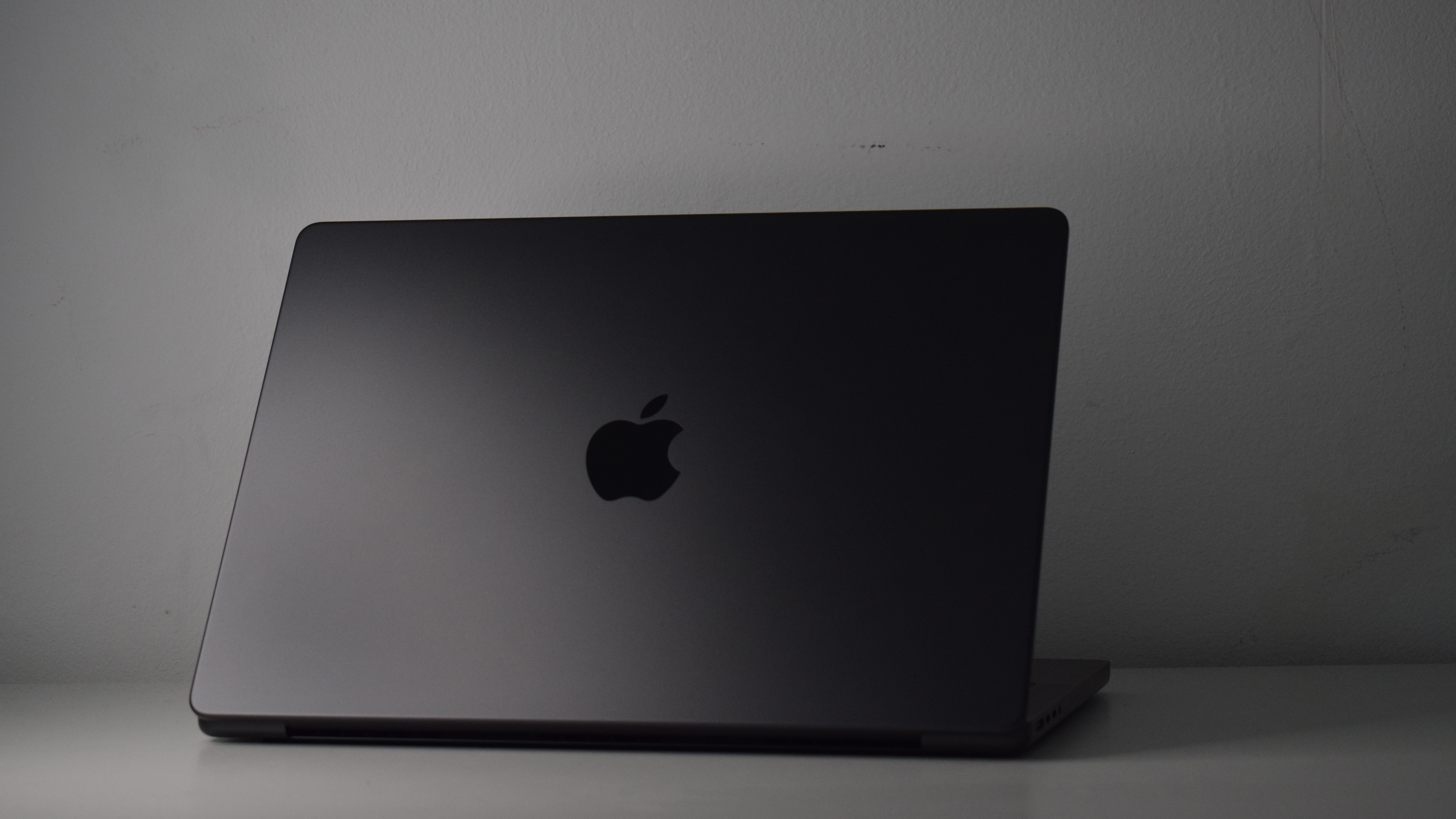 You will not believe the battery life on the Apple MacBook Pro 14in M4
You will not believe the battery life on the Apple MacBook Pro 14in M4Reviews A MacBook to outlast them all – the Pro comes with a cool design, intelligent features, and 20 hours of battery life
-
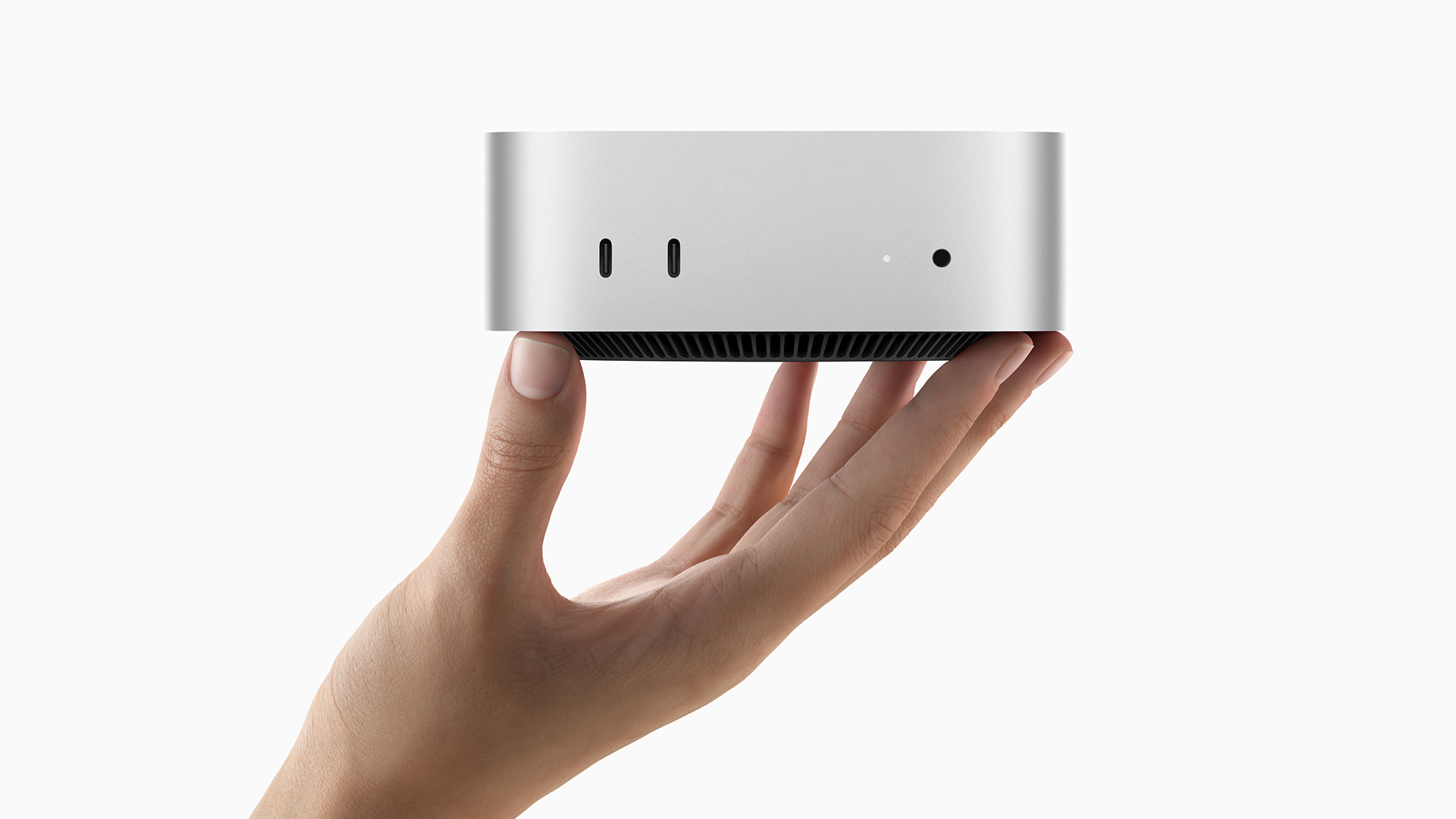 Apple’s ‘carbon neutral’ Mac Mini is small and compact, but packs a mighty punch with the new M4 chips
Apple’s ‘carbon neutral’ Mac Mini is small and compact, but packs a mighty punch with the new M4 chipsNews With a pint-sized footprint only half the size of its M2 predecessor, the M4 and M4 Pro edition of the Mac Mini promises to bring an unprecedented size-to-performance ratio
-
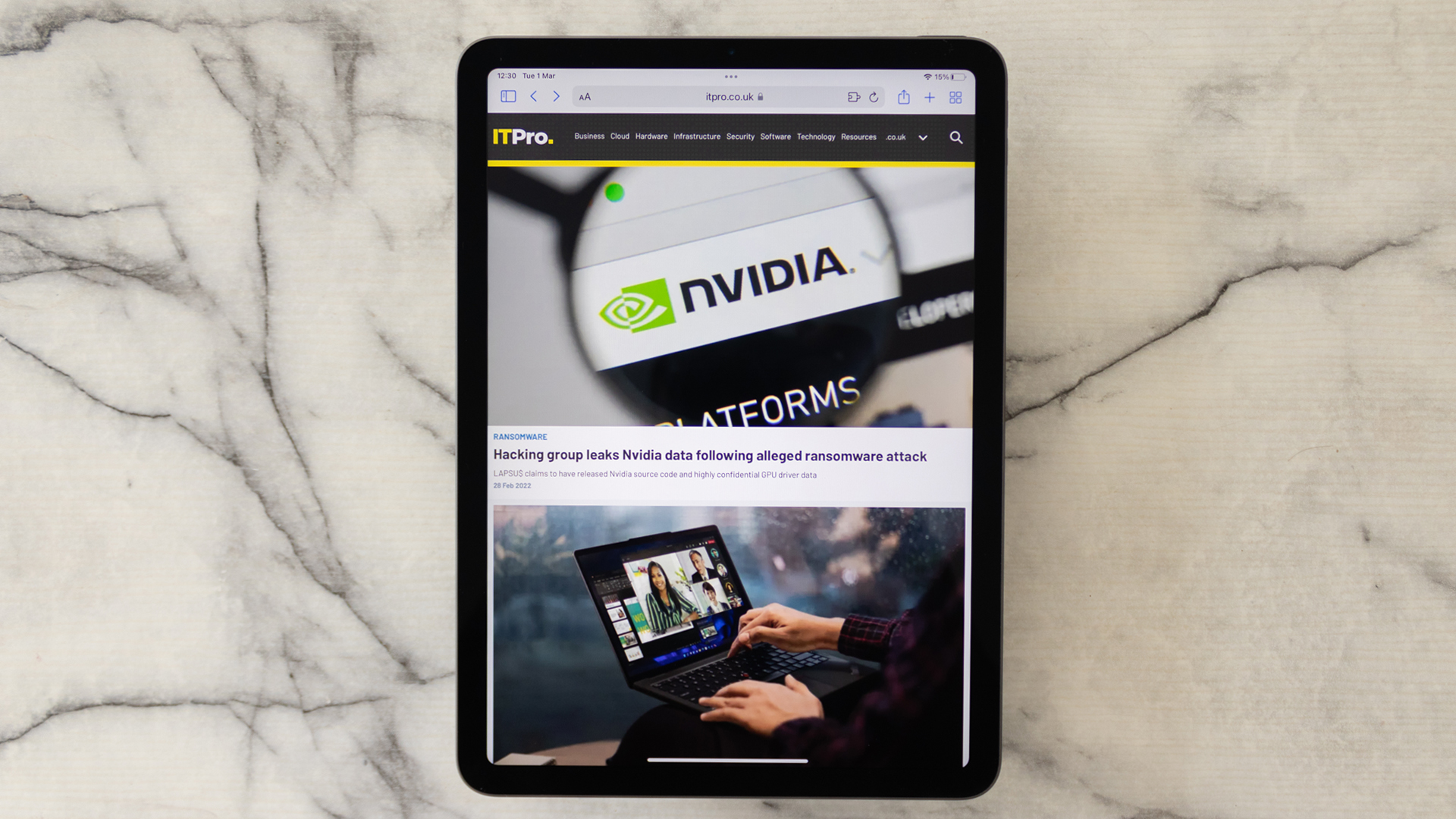 Apple iPad Air (2020) review: The executive’s choice
Apple iPad Air (2020) review: The executive’s choiceReviews With the iPad Air’s most recent redesign, Apple has delivered the best bang-for-buck tablet money can buy
-
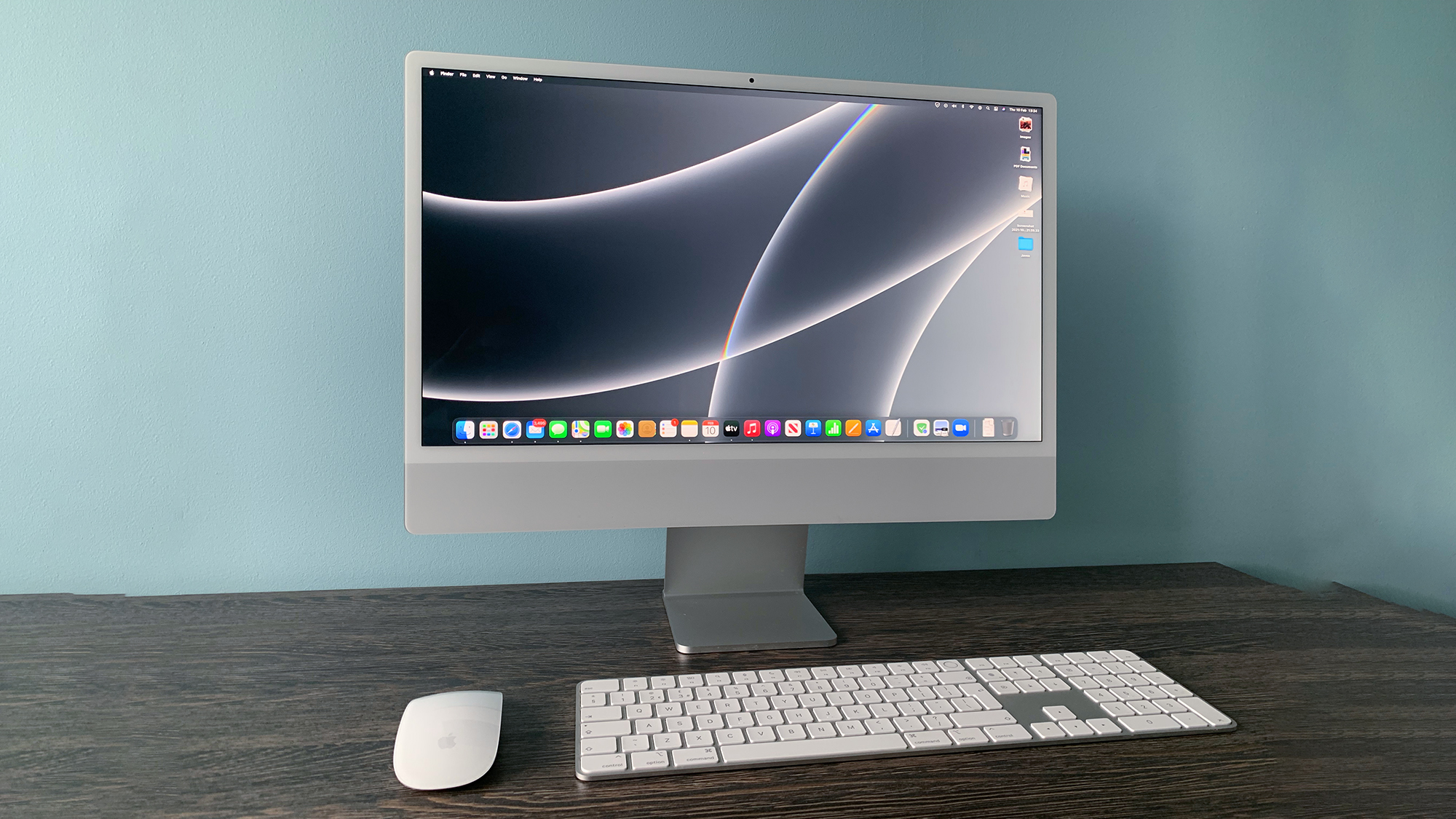
 Apple 24in iMac (Apple M1, 2021) review: Apple’s iconic desktop all-in-one, reborn
Apple 24in iMac (Apple M1, 2021) review: Apple’s iconic desktop all-in-one, rebornReviews The smaller iMac switches to Apple silicon and gains a completely new appearance
-
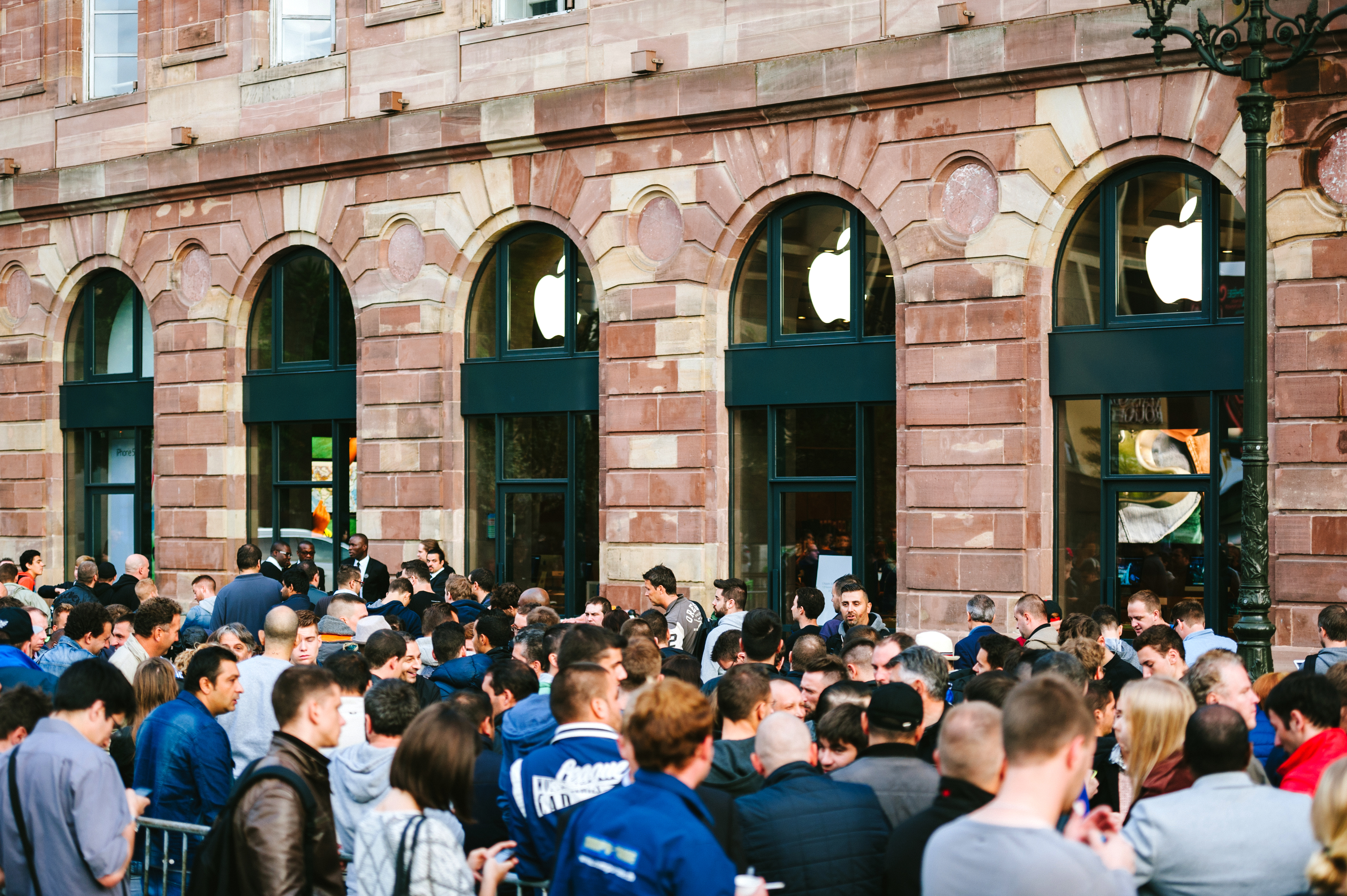 In praise of the early adopters
In praise of the early adoptersOpinion The IT industry needs early adopters like you – and tech that fell by the wayside should still be celebrated
-
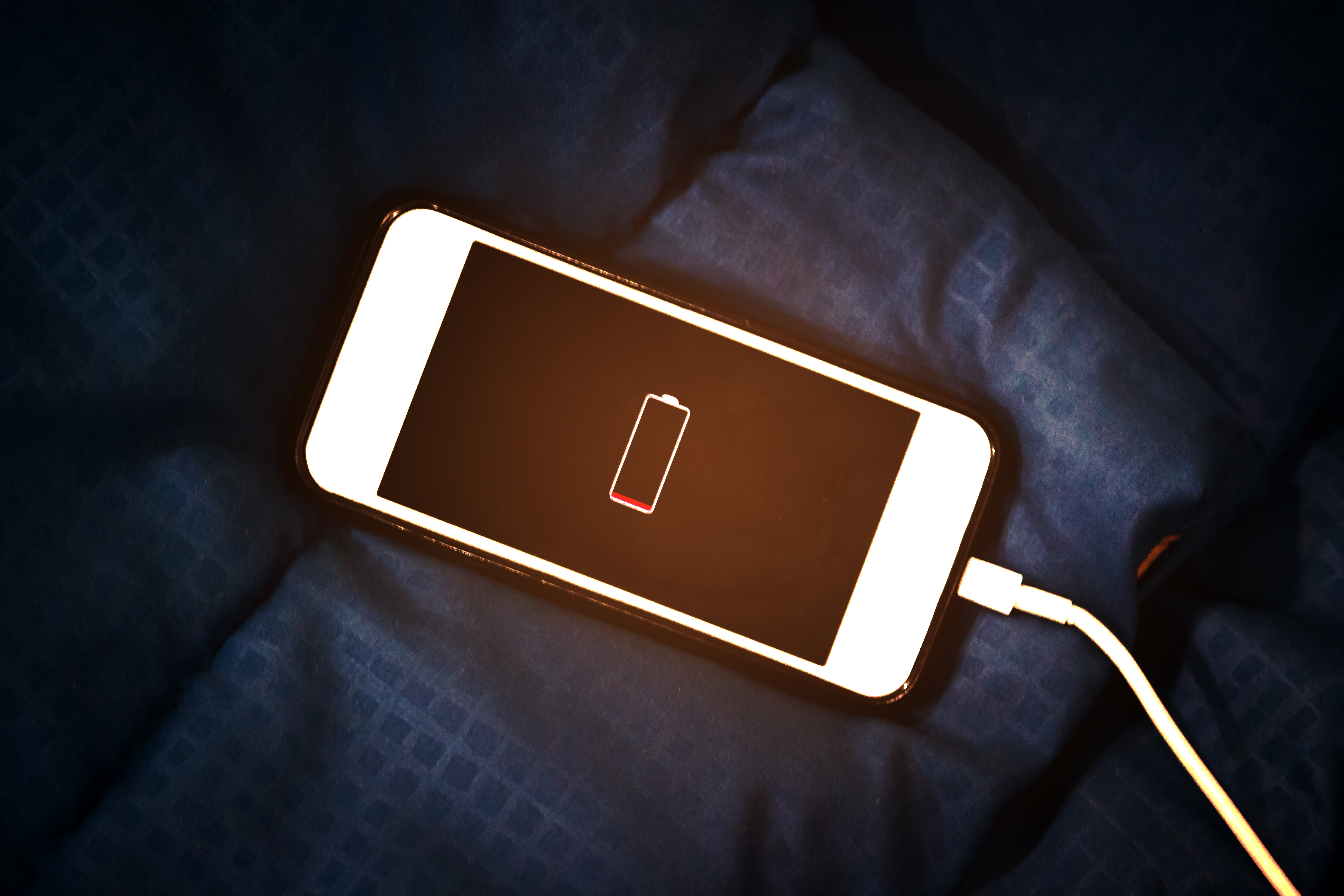 Apple is experimenting with attention sensors to save battery life
Apple is experimenting with attention sensors to save battery lifeNews Your next Apple device may shut down if you are not paying attention to it
-
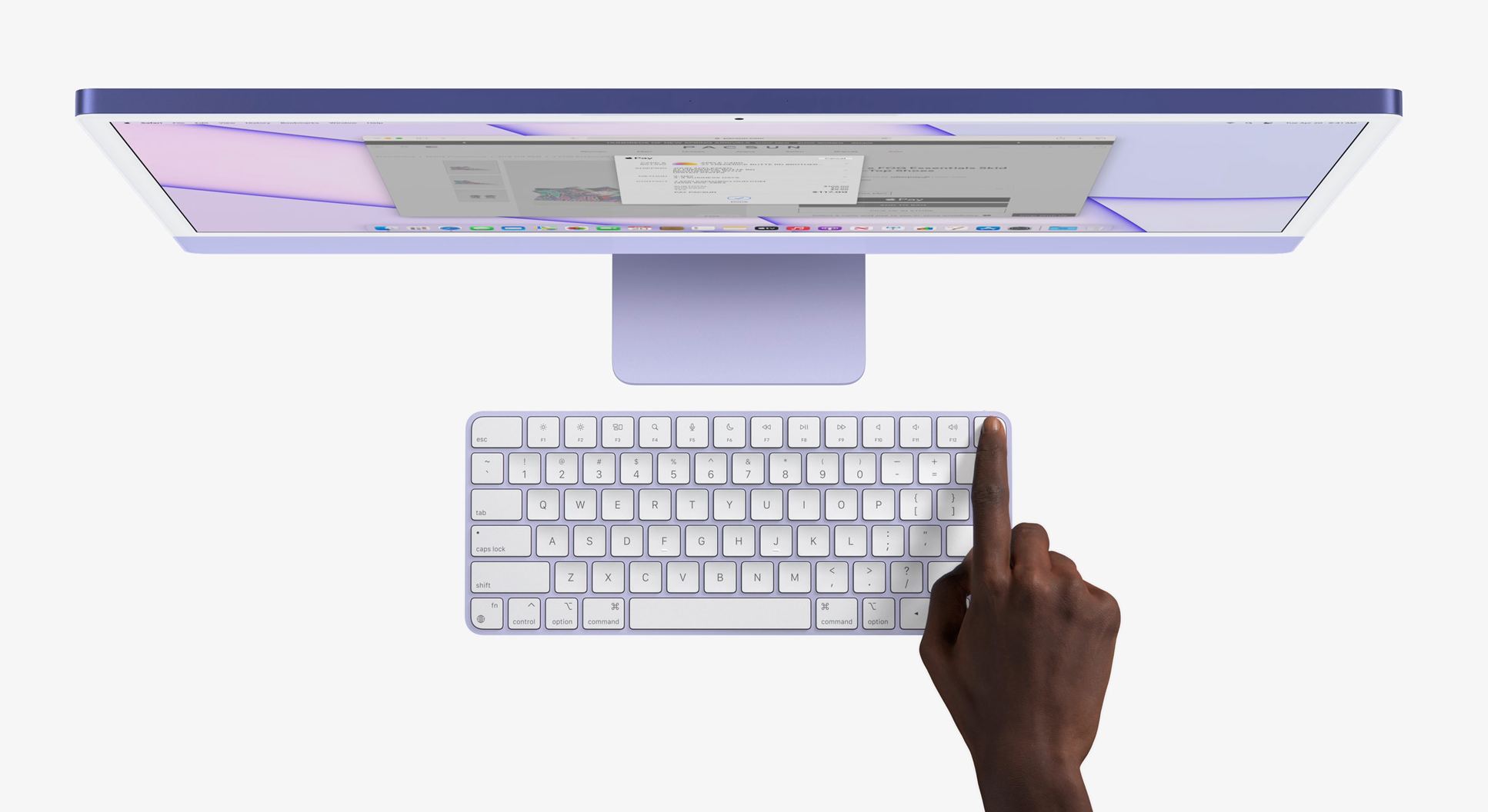 Apple unveils M1-powered iPad Pro and iMac at April 2021 event
Apple unveils M1-powered iPad Pro and iMac at April 2021 eventNews The new Apple Silicon hardware will be available to order from April 30